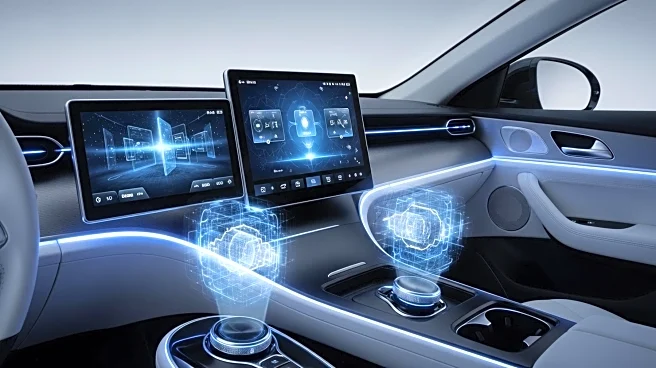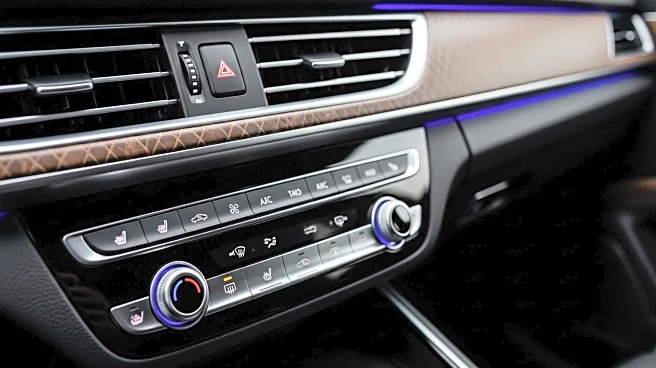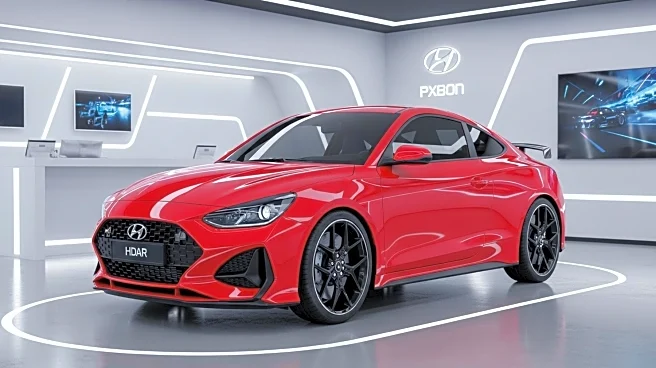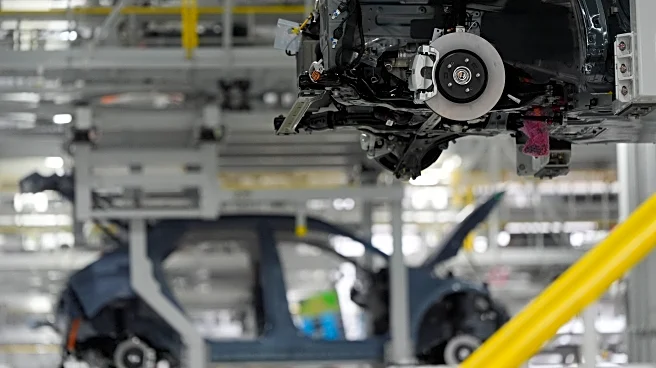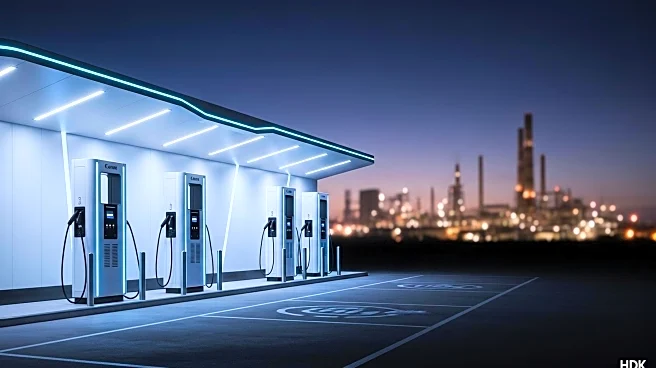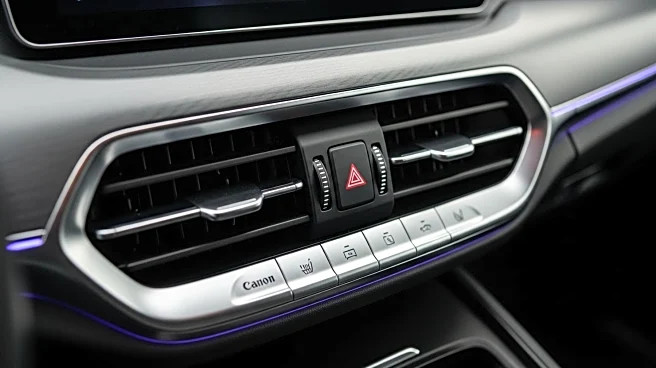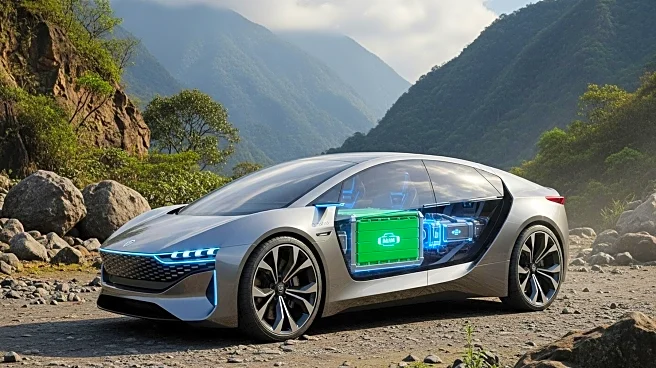What's Happening?
Simon Loasby, head of Hyundai's design center in Korea, is challenging the automotive industry's reliance on touchscreens in vehicle interiors. In a recent interview, Loasby expressed a preference for physical buttons over screens for essential functions like volume control and seat heating. He argues that screens can be distracting and that simplifying interfaces could enhance safety. Hyundai's Concept Three, which features minimal screens and a focus on physical buttons, exemplifies this design philosophy. This approach aligns with Hyundai's commitment to safety, as demonstrated by the Ioniq 9's launch at the Los Angeles Auto Show, where the emphasis was on keeping drivers focused on the road.
Why It's Important?
This shift in design philosophy could significantly impact the automotive industry, as it challenges the current trend of integrating large touchscreens into vehicle interiors. By prioritizing safety and user experience, Hyundai is setting a precedent that could influence other automakers to reconsider their design strategies. This move could benefit consumers who prefer intuitive and less distracting interfaces, potentially leading to safer driving experiences. Additionally, it highlights the evolving role of technology in vehicles, where the focus may shift from flashy displays to more practical and user-friendly solutions.
What's Next?
As Hyundai continues to develop its Concept Three and other models with similar design principles, the industry may see a broader adoption of this approach. Automakers might explore alternative technologies, such as voice controls and augmented-reality displays, to enhance functionality without compromising safety. The response from consumers and competitors will be crucial in determining whether this trend gains traction. If successful, it could lead to a reevaluation of how technology is integrated into vehicles, potentially influencing future automotive design standards.

